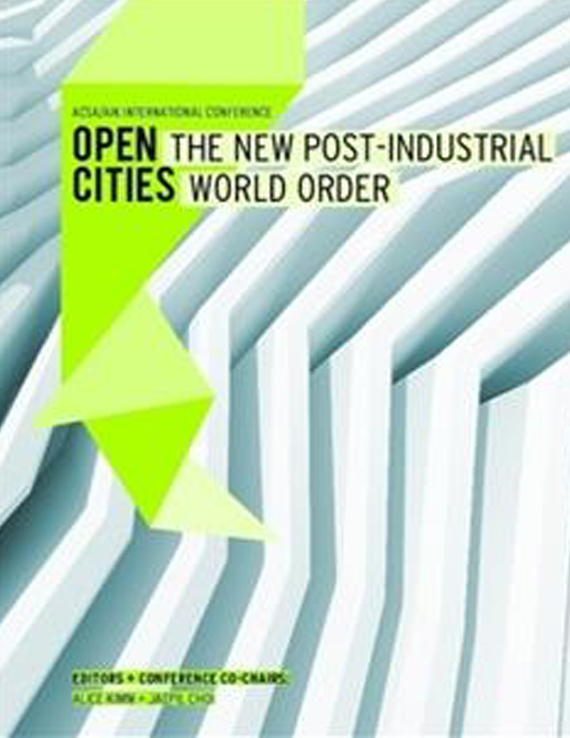Author(s): James Eckler & Kate O'Connor
The first years of an architectural education are critical to lay a foundation of design thinking and awareness upon which subsequent coursework can build. But, what of the beginning years of a school? It is in those years that many of the intangible qualities – studio culture, identity, expectations – of a design education are established. This proposal seeks to present a new twist on themes of beginning design. It will not approach them from a standpoint of the first years of a student’s education, but rather the first years of a school’s existence. Just as the beginnings of students’ education are formative in their development as architects, the beginnings of a school are formative in its development as an institution critically exploring the architectural discipline. Architectural pedagogy is notoriously difficult to study. The objectives, content, and teaching methods that comprise course material, are often colored by an immaterial context of a school’s traditions and expectations. This positions a new school of architecture in an ideal position to investigate pedagogical technique. Successes and failures of projects and teaching methodology can be observed in an environment devoid of these forces that often guide the decisions of students regardless of studio parameters or project scope. Without prior cohorts, there is no “pattern-book” of projects for students to emulate. Results of pedagogical decisions are set apart from other factors that typically influence students’ success. Lack of institutional traditions makes rapid curricular adjustments possible. There are no entrenched courses, or course content. There are no school specific projects to work around. This means that courses can be redefined, and curricula re-sequenced, without the need to overcome obstacles of uncritical establishment. How can we design continuity into a curriculum from its outset and still maintain an ethic of reflection and evaluation toward new iterations of the educational sequence? Absence of standards set by prior generations of student work also presents enormous struggles in shaping curricula. For every benefit granted by a lack of an established “way of doing things,” there are struggles that must be addressed through pedagogy. Without a pre-existing studio culture or ingrained expectations, there are fewer assumptions that can be made by faculty. Things that can normally be taken for granted – rigor, work ethic, desire for experimentation –must be built into projects instead. How can identity be cultivated without sacrificing the malleability so crucial to a program’s evolution? This paper is a report chronicling the evolution of a school of architecture from its inception through its first graduating class. It will address the curricular developments deployed as a direct result of pedagogical reflection and response to student performance. It will explore the evolution of curricular material as it was influenced by the acquisition of new facilities, equipment, and faculty expertise toward refining the goals and visions of the evolving institution. And, it will show evidence of the emerging identity of the school as it has been defined by the struggles, trials, and triumphs of both students and faculty paving the way forward.
Volume Editors
Alice Kimm & Jaepil Choi
ISBN
978-0-935502-91-6

 Study Architecture
Study Architecture  ProPEL
ProPEL 
